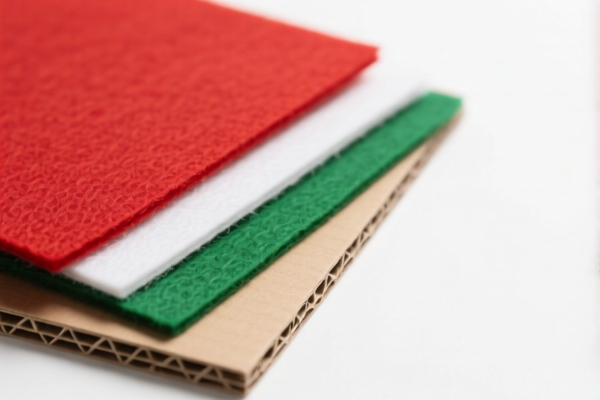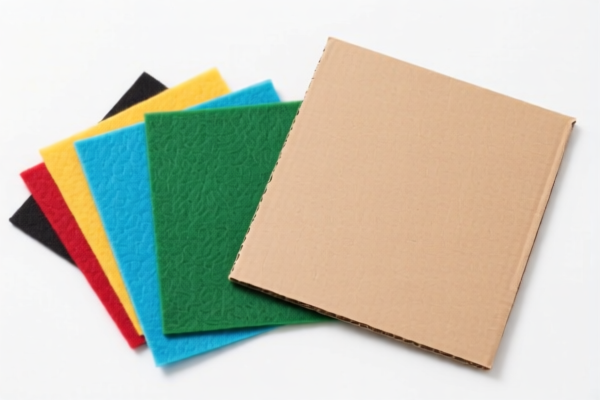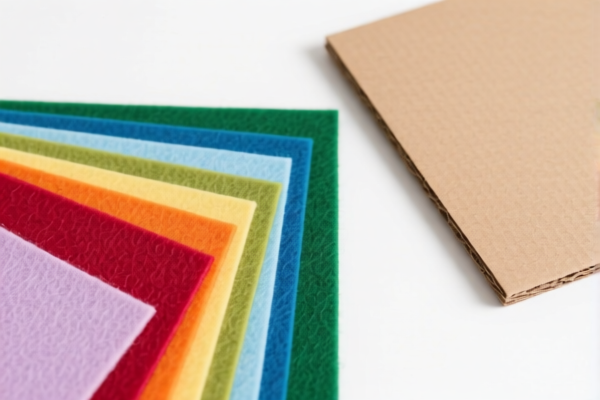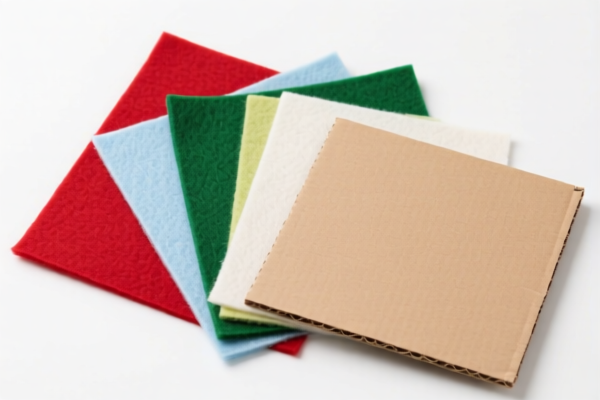| HS Code | Official Doc | Tariff Rate | Origin | Destination | Effective Date |
|---|---|---|---|---|---|
| 4911998000 | Doc | 37.5% | CN | US | 2025-05-12 |
| 4911996000 | Doc | 37.5% | CN | US | 2025-05-12 |
| 4906000000 | Doc | 37.5% | CN | US | 2025-05-12 |
| 4906000000 | Doc | 37.5% | CN | US | 2025-05-12 |
| 9701990000 | Doc | 37.5% | CN | US | 2025-05-12 |
| 4801000120 | Doc | 55.0% | CN | US | 2025-05-12 |
| 4801000140 | Doc | 55.0% | CN | US | 2025-05-12 |
| 4804590000 | Doc | 55.0% | CN | US | 2025-05-12 |
| 4823901000 | Doc | 55.0% | CN | US | 2025-05-12 |
| 4823908000 | Doc | 55.0% | CN | US | 2025-05-12 |




Handmade Paper Kit
A handmade paper kit is a collection of materials and tools designed to enable the creation of paper from raw plant fibers. These kits cater to a range of skill levels, from beginners to experienced paper makers, and allow for a creative, tactile process resulting in unique, textured paper.
Materials Commonly Included:
- Plant Fibers: This is the core component. Common fibers include:
- Cotton Linter: A very soft fiber, ideal for beginners, producing a high-quality, absorbent paper.
- Recycled Paper: Often included for economical and environmentally friendly papermaking.
- Abaca (Manila Hemp): A strong, durable fiber resulting in a robust paper.
- Kozo (Mulberry): A traditional Japanese fiber known for its long, strong strands and quality.
- Cotton Rag: Made from used cotton textiles, producing a strong and durable paper.
- Pulp Making Equipment:
- Blender: Used to break down the fibers into pulp. Some kits include dedicated pulp-making blenders, while others specify using a household blender dedicated to this purpose.
- Vat: A container to hold the pulp suspension.
- Deckle and Mould: A frame and screen used to form the paper sheet. The deckle sits on top of the mould to define the paper's edges.
- Couches/Felts: Absorbent cloths used to transfer the wet paper sheet from the mould.
- Pressing Materials:
- Paper Press: A device to remove excess water from the paper sheets. Can be a dedicated press or simple boards and weights.
- Felts: Used between the paper sheets during pressing.
- Sizing (Optional): A substance (often starch-based) added to the paper to reduce its absorbency, making it suitable for writing or painting.
- Decorative Additions (Optional): Materials like flower petals, glitter, seeds, or colored pigments for creating unique paper designs.
- Instructions: A guide detailing the papermaking process.
Purpose and Function:
The primary purpose of a handmade paper kit is to facilitate the creation of paper from raw materials. This process involves:
- Pulp Preparation: Fibers are broken down into a slurry (pulp) with water.
- Sheet Formation: The pulp is suspended in water, and a mould and deckle are used to lift a thin layer of fibers, forming a sheet.
- Couching: The wet sheet is transferred to a felt.
- Pressing: Excess water is removed by pressing the layers of paper and felt.
- Drying: The paper is dried, resulting in a finished sheet.
Usage Scenarios:
- Arts and Crafts: Creating unique paper for cardmaking, scrapbooking, bookbinding, and other artistic projects.
- Educational Purposes: Teaching about the history of papermaking and the properties of different fibers.
- Personal Expression: Designing custom paper with unique textures, colors, and inclusions.
- Sustainable Practices: Recycling paper and creating new paper from plant-based materials.
Common Types/Kit Variations:
- Beginner Kits: Typically include cotton linter, a simple mould and deckle, and clear instructions.
- Recycled Paper Kits: Focus on using recycled paper as the primary fiber source.
- Deluxe Kits: May include a wider variety of fibers, decorative additions, and more advanced tools.
- Japanese Papermaking Kits (Washi): Include Kozo fiber and specialized tools for traditional Washi papermaking.
- Flower Seed Paper Kits: Include seeds that are embedded in the paper, allowing it to be planted after use.
- Mold & Deckle Frame Size: Kits vary in the size of the mould and deckle, resulting in different sheet sizes. Common sizes include 8x10 inches, 11x14 inches, and A4.
The declared goods, "handmade paper kit," likely encompass materials used for creating paper by hand. This could include pulp, molds, deckles, and potentially decorative elements. Based on the provided reference material, the following HS codes may be relevant:
- 4823901000: Other paper, paperboard, cellulose wadding and webs of cellulose fibers, cut to size or shape; other articles of paper pulp, paper, paperboard, cellulose wadding or webs of cellulose fibers: Other: Of paper pulp. This code covers articles made from paper pulp, which is a core component of a handmade paper kit.
- 4823908000: Other paper, paperboard, cellulose wadding and webs of cellulose fibers, cut to size or shape; other articles of paper pulp, paper, paperboard, cellulose wadding or webs of cellulose fibers: Other: Other: Other: Other: Gaskets, washers and other seals. While seemingly unrelated, this code could apply if the kit includes components used for forming or pressing the paper, such as seals or gaskets.
- 9701990000: Painting, drawings and pastels, executed entirely by hand, other than drawings of heading 4906 and other than hand-painted or hand-decorated manufacture articles; collages, mosaics and similar decorative plaques: Other: Other. If the kit contains pre-made decorative elements intended to be incorporated into the handmade paper, this code might be applicable.
Regarding HS code 4823901000 and 4823908000, please note that the goods are classified as "Other" and may require further specification based on the exact composition of the kit.
Customer Reviews
No reviews yet.